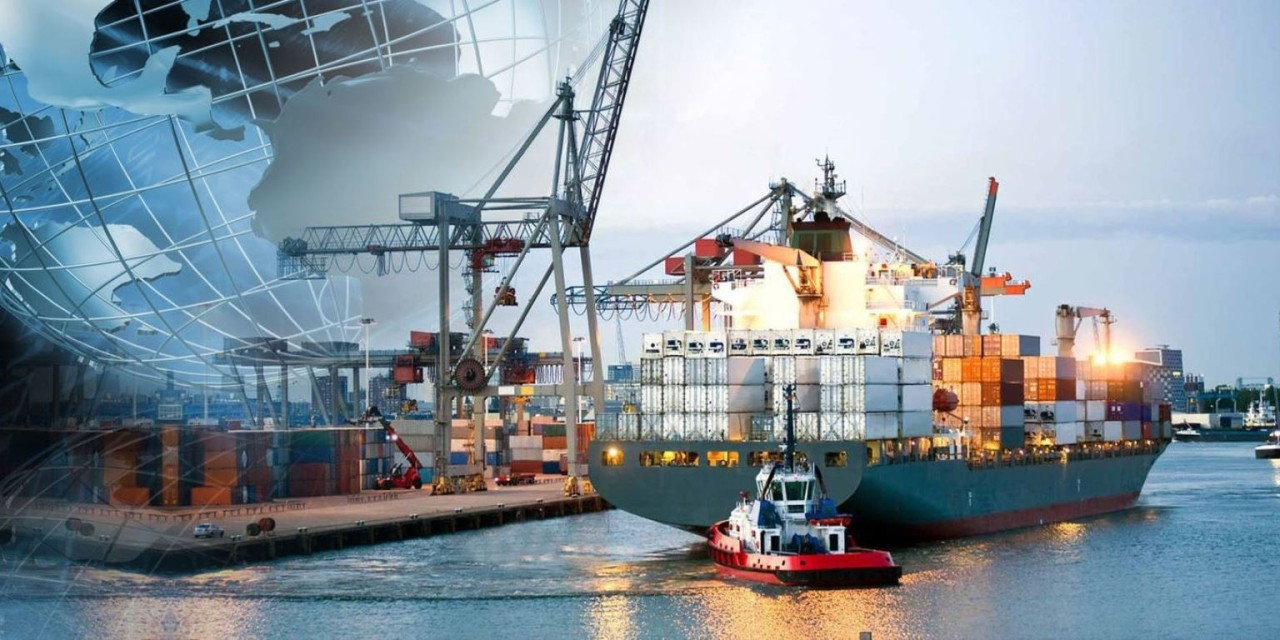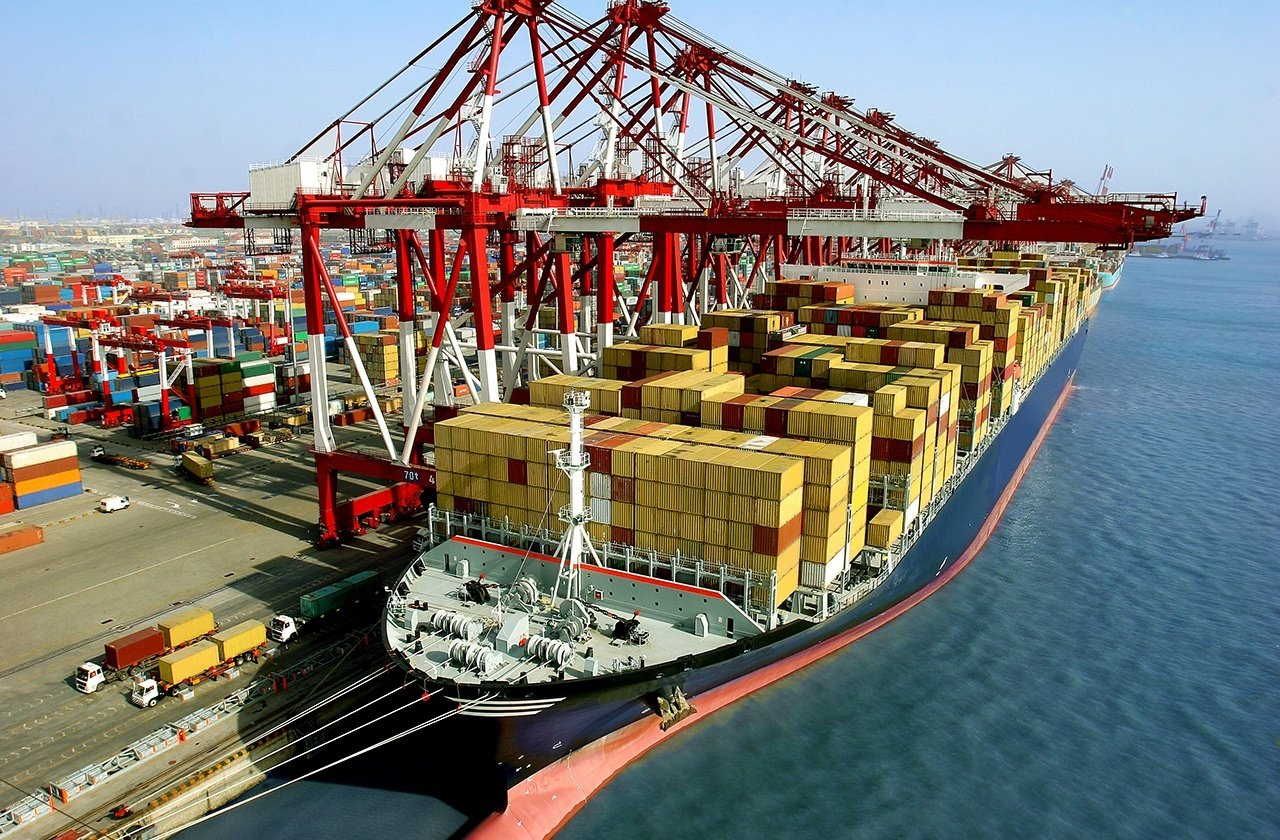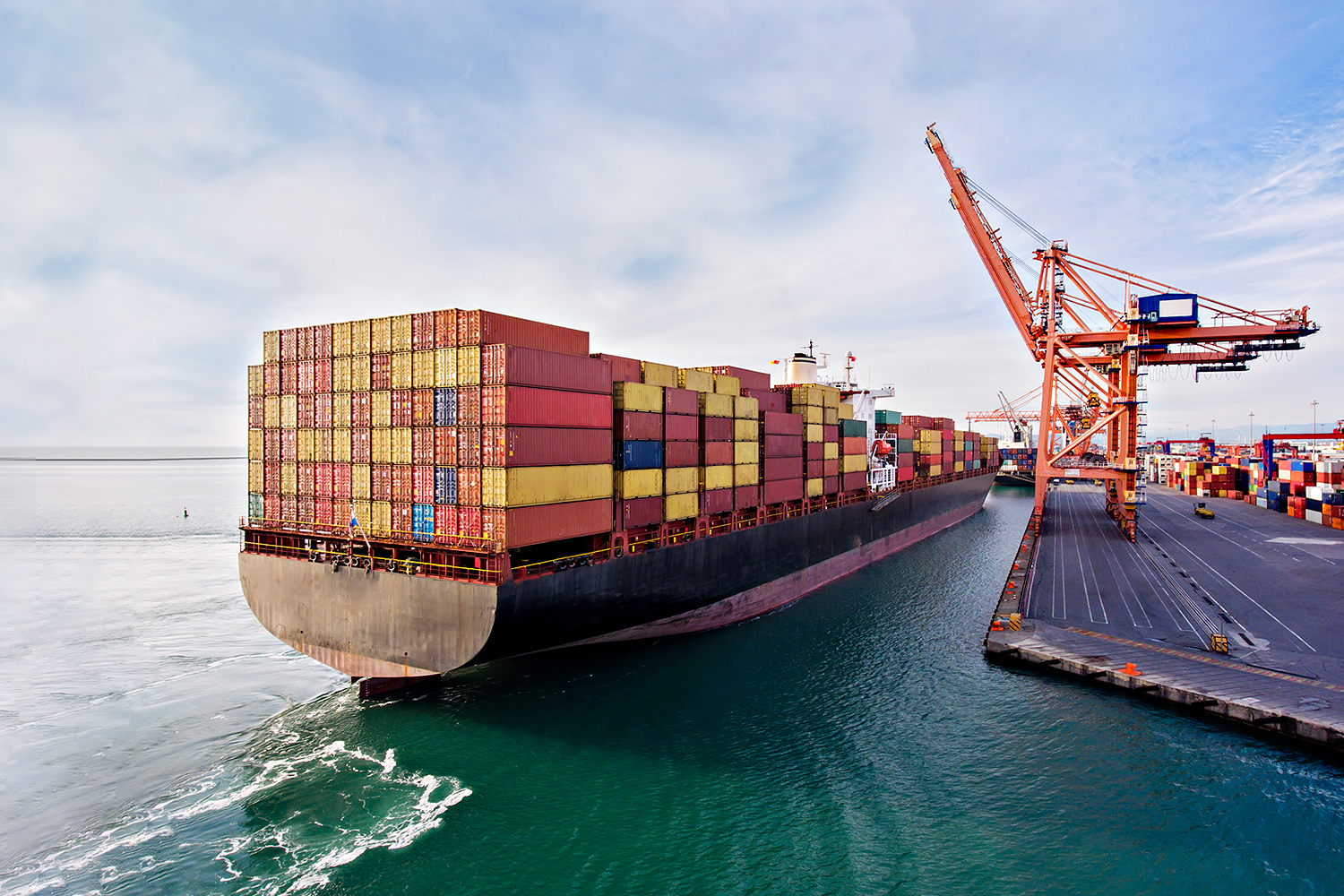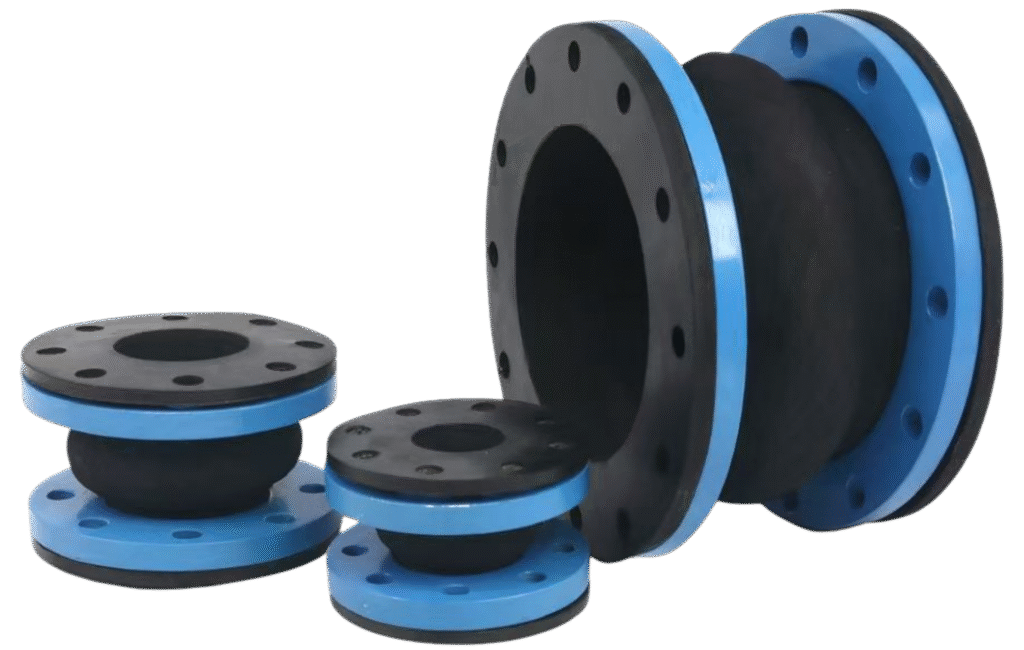Introduction to Rubber Expansion Joints in Marine and Transportation
In marine and transportation applications, rubber expansion joints are widely used in piping systems, ventilation ducts, and exhaust systems. These joints are designed to absorb the vibrations, thermal expansion, and mechanical stresses that arise due to temperature changes, movement of the vessel, or mechanical equipment. They are particularly beneficial in reducing noise and vibration, which are critical in maintaining the integrity of the system and the comfort of passengers and crew.
Key applications include:
Exhaust Systems: Rubber expansion joints are used in exhaust systems to absorb the thermal expansion caused by high-temperature gases and reduce vibration from engine movement.
Cooling Systems: They are employed in cooling pipes to accommodate temperature fluctuations and mechanical movement of the ship or transport vehicle.
Fuel and Oil Systems: These joints are used in fuel and oil piping to minimize the stresses caused by pressure variations and movement.
The material choice for rubber expansion joints in marine and transportation systems depends on the specific environment. For instance, they must be resistant to saltwater corrosion, UV degradation, and the harsh conditions typically encountered in marine applications.



Rubber Expansion Joints in Marine and Transportation
Rubber expansion joints are essential components in marine and transportation systems, providing flexibility, vibration isolation, and displacement compensation in a wide range of applications. They are particularly used in systems where pipes or ducts experience movement due to thermal expansion, mechanical stress, or vibrations. In the marine and transportation sectors, rubber expansion joints help reduce stress on pipes, prevent leaks, and protect equipment from damage caused by vibrations or thermal expansion, ensuring the safe and efficient operation of ships, ports, and transport systems.
How do rubber expansion joints cope with the harsh conditions of the marine environment?
In the marine environment, rubber expansion joints are exposed to challenges such as saltwater, high humidity, UV radiation, and temperature fluctuations. To ensure long-term use, materials with corrosion resistance and weather resistance, such as EPDM (ethylene propylene diene monomer) and NBR (nitrile rubber), are commonly selected. These materials effectively resist seawater, UV rays, and high temperatures, ensuring the durability of the joints. During installation, it’s crucial to ensure that the joints are tightly connected to the pipelines to prevent salt and moisture from infiltrating the joint contact areas. Regular inspection of the rubber surface for aging or cracking is essential.
What risks exist when using rubber expansion joints in high-vibration environments?
In marine and transportation systems, vibrations often come from engines, waves, or equipment operations. Excessive vibration can lead to material fatigue, cracking, or tearing of the rubber expansion joints, especially in high-frequency, large-amplitude vibration environments. To avoid such issues, rubber materials with higher elasticity and durability, like reinforced EPDM, should be chosen. Additionally, ensuring that the joint installation location can effectively absorb and disperse vibrations is important. Regular inspections of the joint’s fixation are necessary to prevent loosening or deformation due to vibrations.
How do temperature fluctuations affect rubber expansion joints in transportation systems?
Temperature fluctuations can cause rubber expansion joints to expand or contract, adding stress to their operation. Prolonged thermal cycling can lead to rubber material aging and hardening, affecting its elasticity and sealing properties. High temperatures may cause the rubber to lose elasticity, while low temperatures may make it brittle and prone to cracking. Choosing materials that are resistant to both high and low temperatures, such as silicone (Si) or fluororubber (FKM), can help better cope with temperature changes and extend the joint’s lifespan.
Can rubber expansion joints prevent water leakage in marine pipeline systems?
Yes, rubber expansion joints play a crucial role in preventing water leakage in marine pipeline systems. Due to their flexibility and elasticity, rubber expansion joints can accommodate pipeline displacements caused by thermal expansion, mechanical vibrations, or other factors, maintaining a tight seal and preventing potential leakage. Using high-sealing performance materials, such as fluororubber (FKM), can further enhance water-tightness and ensure the stability of the pipeline system.
What materials are most suitable for rubber expansion joints in marine applications?
In marine applications, EPDM and NBR are commonly chosen as ideal materials for rubber expansion joints. EPDM offers excellent resistance to seawater, UV rays, and high temperatures, making it ideal for marine environments exposed to heat and sunlight. NBR is better suited for marine pipelines containing oil or oil-based media, as it has strong resistance to oil and grease. Selecting the appropriate material based on the specific marine environment conditions can significantly enhance the rubber expansion joint’s performance and lifespan.
What is the expected lifespan of a rubber expansion joint in marine and transportation systems?
The expected lifespan of a rubber expansion joint in marine and transportation systems is typically 5 to 10 years. Its lifespan depends on environmental factors such as seawater, UV radiation, and temperature fluctuations. Regular inspections and maintenance can significantly extend its lifespan, preventing failures due to material aging, cracks, or corrosion. Regularly checking the rubber surface and connection points, and replacing damaged joints promptly, will ensure the system operates stably over time.


